How to feed tomatoes with urea?
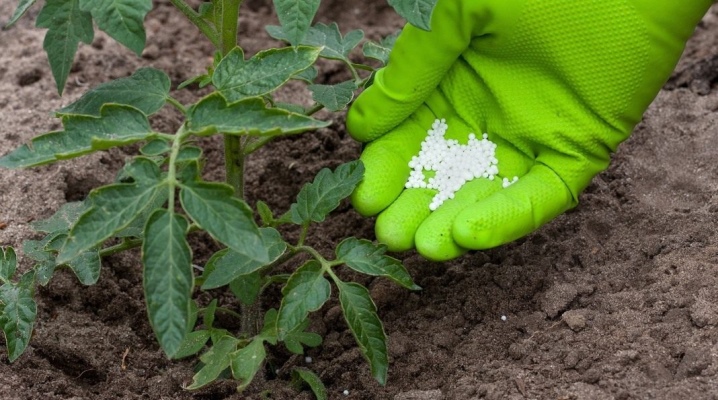
Experienced gardeners know that in order to get a large harvest of tomatoes, they need to be grown in fertile soil. Therefore, before planting them, the land should always be well fed. Many people use urea for this purpose.
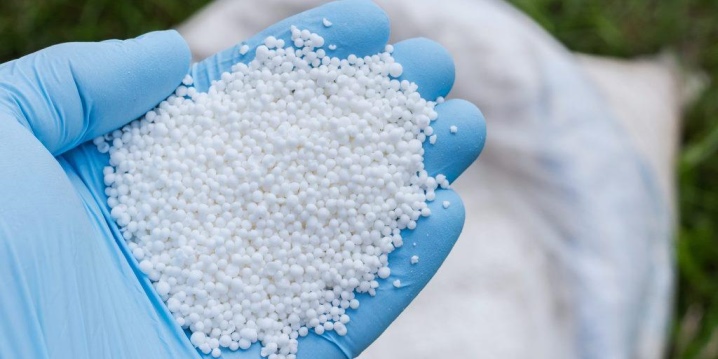
Advantages and disadvantages
Urea, also known as urea, is a quality mineral fertilizer. It is released in the form of small white or light gray granules.
It has been used as a fertilizer for feeding ornamental and horticultural crops since the 18th century. During this time, he has developed a very good reputation.

Urea differs from other fertilizers in that it contains a large amount of nitrogen. At the same time, it does not have such a strong negative effect on the soil as ammonium sulfate and other ammonia fertilizers. Urea has both advantages and disadvantages that you should pay attention to before purchasing it.

To begin with, it is worth noting the advantages of this fertilizer:
- it completely dissolves in water and is quickly absorbed by plant roots;
- suitable for all types of soil, without exception;
- fertilizer cost is low;
- the product protects tomatoes from the development of diseases and pest attacks;
- does not have an unpleasant odor;
- the product contains no chlorine;
- accelerates plant growth and the appearance of fruits;
- does not contribute to the accumulation of nitrates in fruits and soil;
- can be used in combination with potash and superphosphate fertilizers.
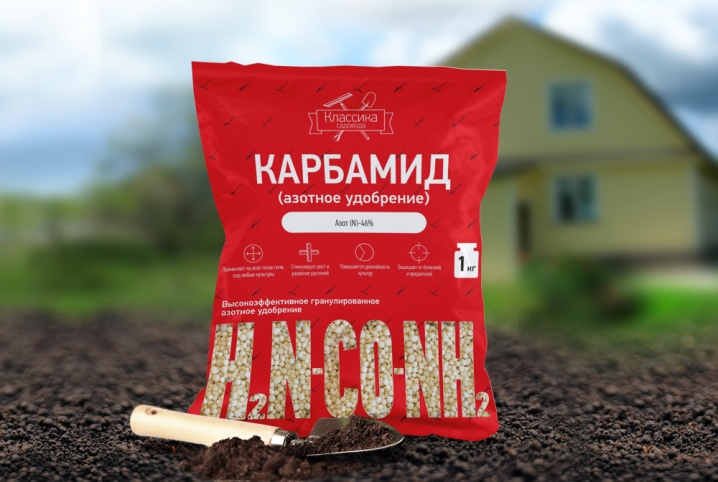
This fertilizer has no drawbacks as such. But if used incorrectly, it can burn the plant or slow down its development.
If the proportions are not observed when fertilizing the soil and planting seeds, urea can significantly reduce the germination of seedlings.
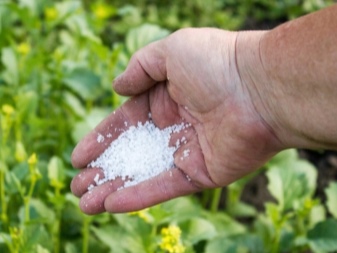
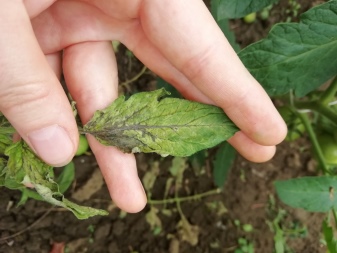
When is used
Urea cannot be called a universal top dressing. Therefore, experts advise against using it too often. It will be useful for the plant only in the first stages of its development.
- When sowing seeds. The first step is to add fertilizer to the boxes of soil before planting the seedlings. This allows the tomato to grow faster from the very first days.
- After the transplant. The second time, urea is used after the grown plant has been transplanted into open ground or greenhouse beds. After disembarking the seedlings, you need to wait 7-8 days. Otherwise, the plant will grow quickly, but its roots will be weak. It is worth watering young seedlings earlier than this time only if the plant begins to wither after transplantation.
- Half a month after disembarkation. At this stage, fertilization is needed in order to strengthen the plant, as well as speed up the process of ovary formation.
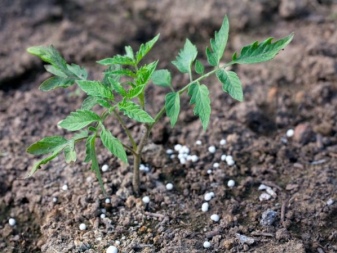

If the soil in which the tomatoes are grown is poor, then you can treat the plants with urea two more times. For the first time after the inflorescences begin to fall off. This will improve the fruit formation of tomatoes.
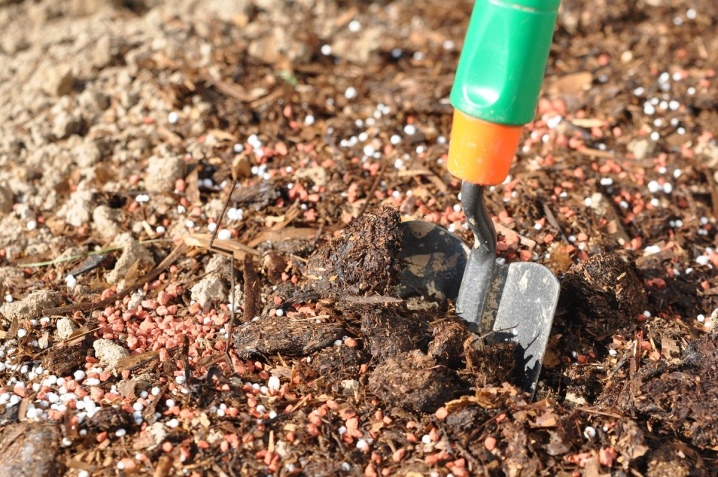
The last time the bushes are treated with urea already during the fruiting period. At this stage, in addition to urea, you can also use other micronutrient fertilizers. They must be added, focusing on the needs of the plant itself. After applying top dressing, the soil must be well loosened and watered. It also stimulates the fruit development process.
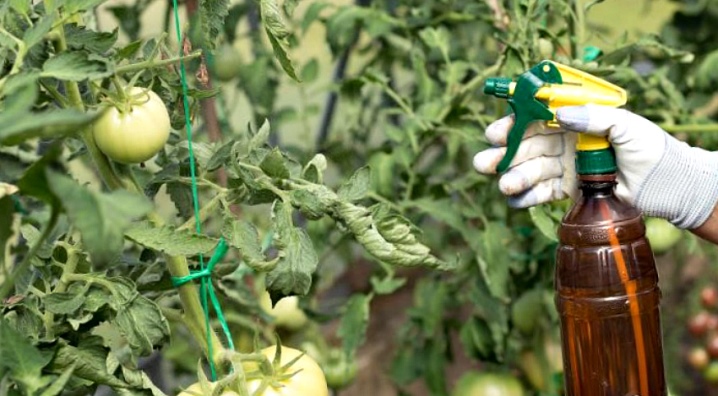
Additional plant nutrition is also needed if the following problems are observed in their development:
- a seedling or an adult plant develops too slowly;
- leaves of young shoots turn pale or turn light yellow;
- withered foliage falls from the bushes;
- tomato shoots become weak, thin and begin to slope to the ground;
- fruits on the bushes practically do not develop.
If you do not feed the tomatoes in time, then the culture may well die.
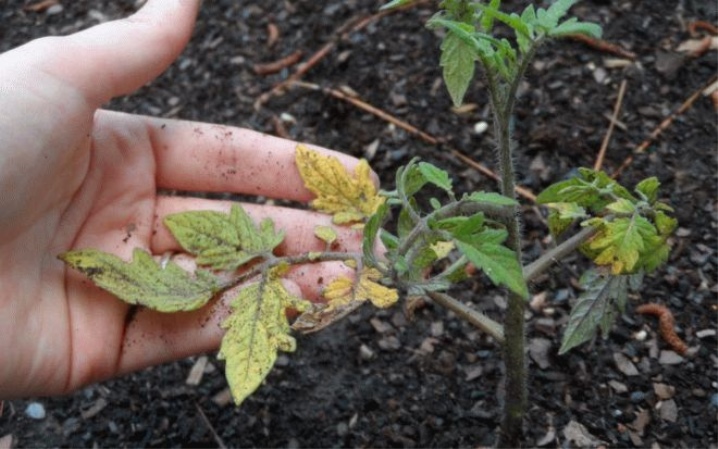
On sunny days, it is best to treat plants with urea in the morning or evening. Especially if a spraying method is used. The fact is that the liquid evaporates faster in the sun. The fertilizer does not have time to be completely absorbed, so burns appear on the leaves. In cloudy weather, you can spray plants in the daytime.
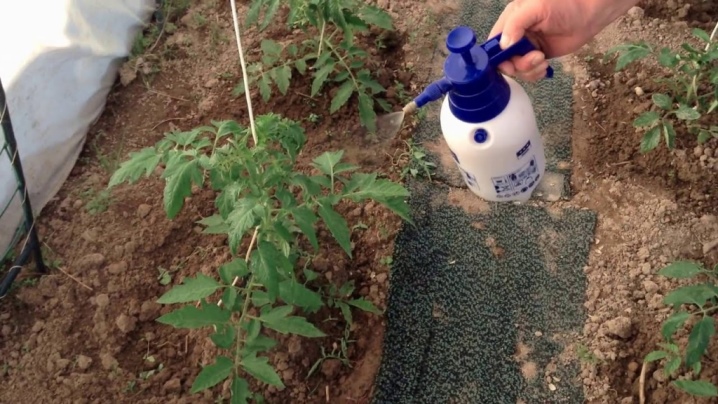
Fertilizer preparation
Before using fertilizer for feeding, it must first be diluted. Most often, 1 tablespoon of granules is dissolved in one bucket of water. It contains about 10 grams of urea. To prepare the solution, you should use warm water. The use of cold water can lead to late blight or powdery mildew. The resulting solution should be enough for watering 9-10 bushes.
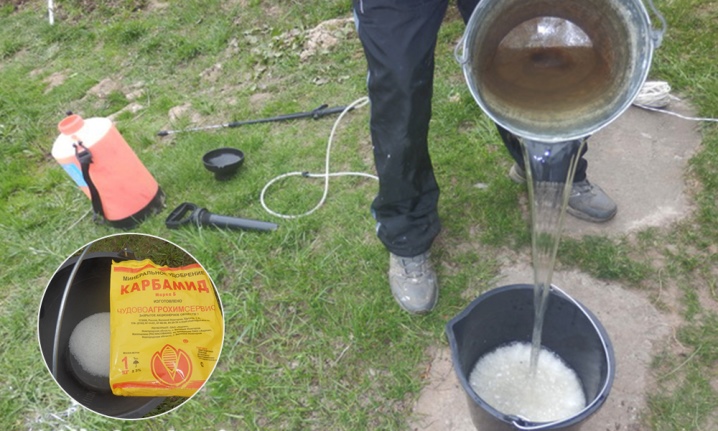
In order not to harm the plants, you should pay attention to the information on the package. It usually indicates the rate and rules of fertilization.
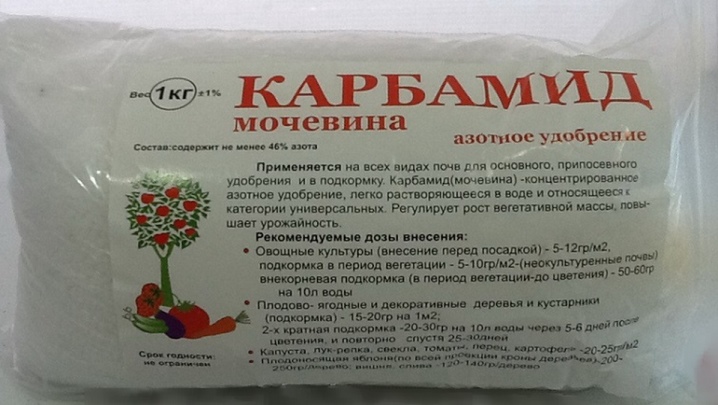
In some cases, the correct dosage may differ slightly from that described above. Since urea dissolves very quickly, the resulting solution should be used immediately after its preparation.
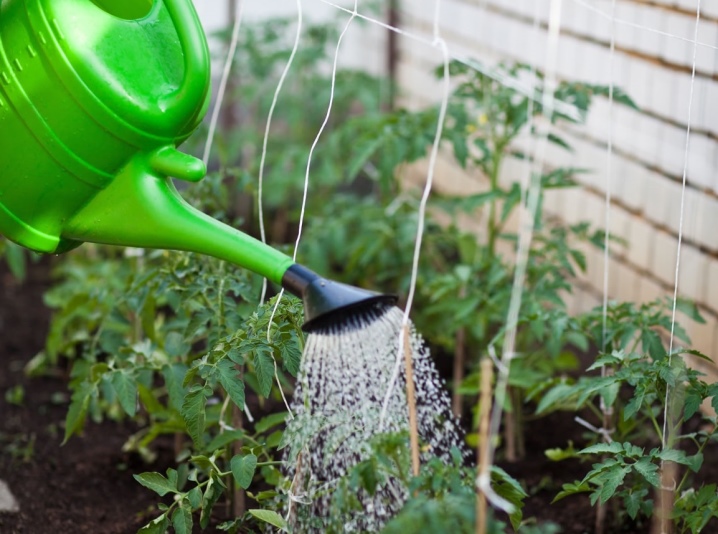
Application
To get the most out of the processing of plants, it is worth knowing the intricacies of using urea at every stage of their development.
When planting seeds
Before using urea, the soil must be well moistened. For 1 sq. m. of the area when planting seeds, 20 g of the drug is used. If urea is applied along with organic fertilizers, a third of this dose will be sufficient. Before planting plants in boxes, it is best to pre-mix urea with soil. The seeds should not be allowed to come into contact with the urea granules. This can cause tomato bushes to develop very slowly.
Watering the plants after fertilization is only a few hours later.
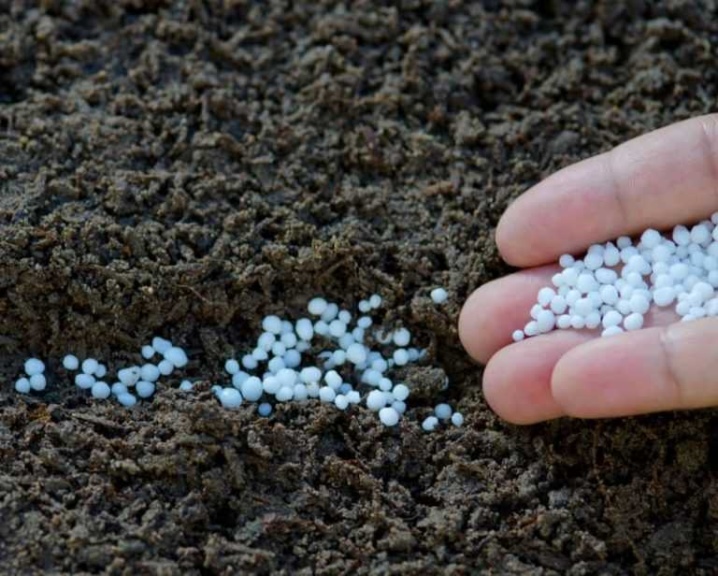
Watering
Since urea is highly soluble in water, most gardeners prefer to use it not in dry form, but as part of a solution. You need to breed the product right before processing the plants. Water the tomatoes with a solution of urea at the root. This procedure is best done in the evening. To prepare the solution, 50 g of fertilizers and 10 liters of water are used. Like other liquid fertilizers, it is not recommended to apply urea to dry soil.
The solution must be used either after rain or after watering the garden. In this case, the effect will be more noticeable.
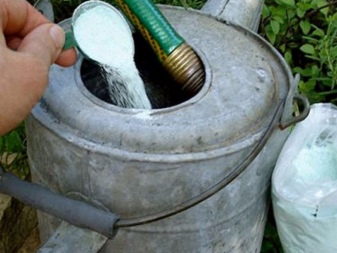
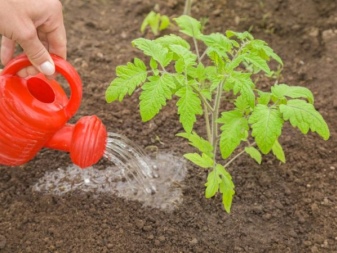
Spraying leaves
To protect tomatoes from diseases and to feed them, plants can be sprayed. This should be done if the tomatoes develop slowly and bend to the ground. Foliar dressing is good because it is very quickly absorbed by the plant. After this treatment, the plant becomes green and lush. A well-developed bush is not afraid of pests and diseases.
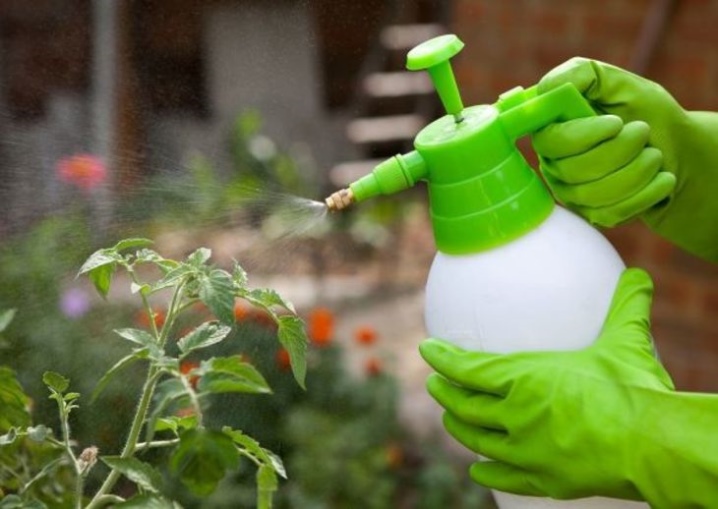
Plants need to be treated with a solution consisting of a tablespoon of granules and 10 liters of water. It is most convenient to spray tomatoes from a spray bottle. If the leaves of the plant turn pale, then magnesium sulfate must be added to the solution. In this case, 3 grams of powder is added to one liter of liquid. Spraying plants with a urea solution is desirable in the evening. In this case, in the morning it will be absorbed into the leaves along with the dew.
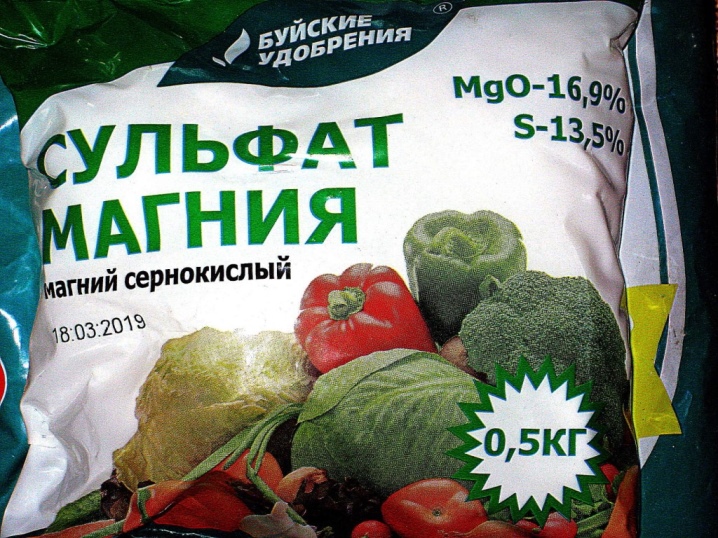
In order not to harm your health, you must observe safety precautions when working with the drug. Before spraying, change into work clothes and wear gloves and safety goggles. This should be done by working both in a greenhouse and in a regular garden.

Usage Tips
Urea can be used both outdoors in a vegetable garden and in a greenhouse or greenhouse. In order not to harm the plant, you should avoid the most common mistakes that many gardeners make.
- Do not exceed the recommended dosages. Using too concentrated a solution will not increase the yield. The plant, on the contrary, will begin to gain extra green mass. In this case, the fruits will develop very slowly.
- When storing urea, it is very important to protect the granules from moisture so that the product does not deteriorate. It is best to store the product in unopened containers.
- Do not use a solution prepared for root dressing for spraying plants. It turns out to be more concentrated. If drops of it fall on the leaves and stems of the plant, burns will appear on it.
- If the seedlings are grown in greenhouses, they should be well ventilated. Otherwise, the ammonia that gets into the air can harm a person.
- Do not add urea to dry soil. If it is not possible to water the ground, sprinkle the granules with a thin layer of soil. This is necessary so that nitrogen is more firmly entrenched in the soil and not so actively washed out by precipitation.
- The use of urea during the rainy season also does not give positive results. Especially if the fertilizer is applied at the root. Indeed, in this case, nitrogen compounds are simply washed out of the soil.
- It is not recommended to use fertilizers containing nitrogen during the flowering of the plant. This can lead to the fact that not ovaries, but leaves will form on the bush. Also, fertilizer cannot be applied in the fall, so as not to provoke the growth of new shoots at a time when the plants must prepare for winter.
- Do not use urea more than five times a season. The last two dressings are optional and fertilization is only necessary if the soil is too poor.
- To prevent the soil from oxidizing due to the excessive nitrogen content in urea, lime should be used along with this fertilizer. She is able to neutralize its effect on the ground. For 2 kilograms of urea, you need to use 1 kilogram of lime. Wood ash, bird droppings and superphosphate can also be used in place of lime.
To achieve success in growing tomatoes, you need to constantly monitor their appearance and fertilize plants in a timely manner with correctly selected dressings. In this case, even such a capricious culture will delight gardeners with a rich harvest.
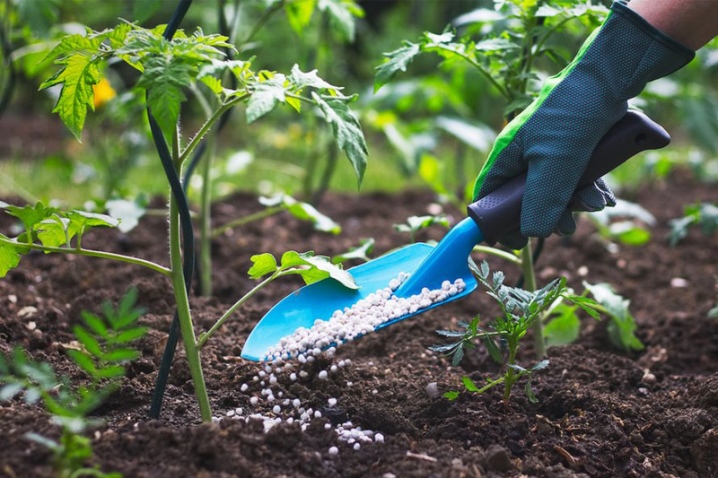
How to properly prepare urea feed for tomatoes, you will learn in the next video.













The comment was sent successfully.